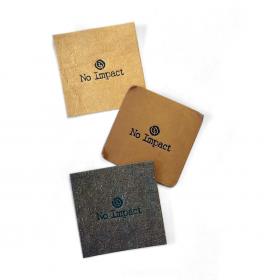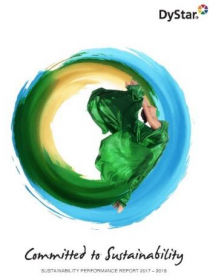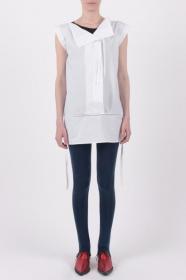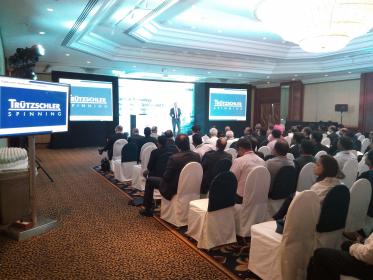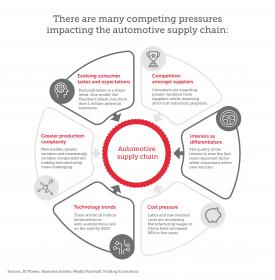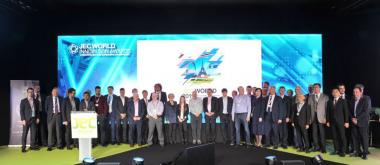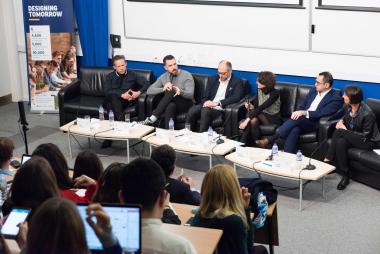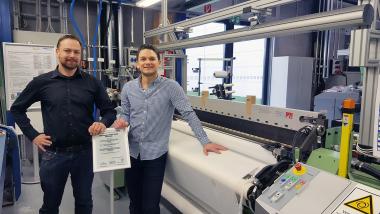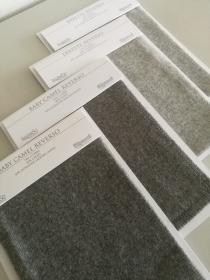CHOMARAT obtains certification for environmental & energy management with ISO 14001 and ISO 50001
CHOMARAT, the specialist in composite & construction reinforcements and coated fabrics, has demonstrated the Group’s determination to pursue a sustainable process by earning environmental management (ISO 14001) and energy management (ISO 50001) certification for its French sites. “By obtaining both ISO 14001 and ISO 50001 certification, CHOMARAT now has a tested and standardized framework for developing an effective, sustainable environmental and energy management strategy,” says CHOMARAT Environment and Energy Manager Laurent VÉRITÉ.
Minimizing environmental impacts & optimizing energy use
ISO 50001 certification is validation of efficient energy management, with the bonus of lower energy consumption and the tools needed to address a warming climate. ISO 14001 certification is based on standards and requirements, and it constitutes an international benchmark for environmental management systems. “CHOMARAT is committed to a responsible and sustainable process for all of its activities in France. With ISO 14001 certification, the Group is incorporating environmental requirements into its management and production systems,” explains CHOMARAT France CEO Raphaël LAURENT.
Pursuing a long-term strategy
This twofold certification is in keeping with CHOMARAT’s long-term vision. “Our strategy is implemented through new investments and international development. But the Group is also actively involved in sustainable development and a sustainable innovation initiative,” explains Raphaël LAURENT. Measures that have been implemented include reducing the noise level, preventing pollution risks and improving waste management. Fluorescent lighting has been replaced by LEDs; new, more energy-efficient equipment has been installed; and the heating and air-conditioning ductwork has been insulated to reduce fuel-oil consumption.
“It is thanks to the combined efforts of all CHOMARAT’s teams that we were able to obtain these two certifications. For us, this is our first milestone towards a sustainable economy,” concludes Laurent VÉRITÉ.
CHOMARAT
Agence APOCOPE











